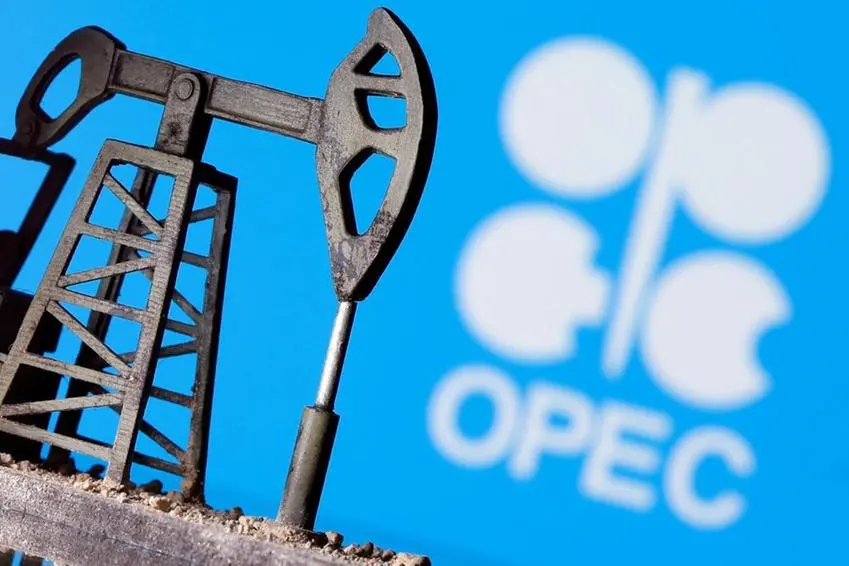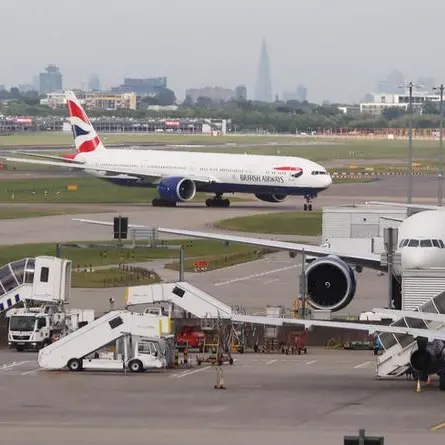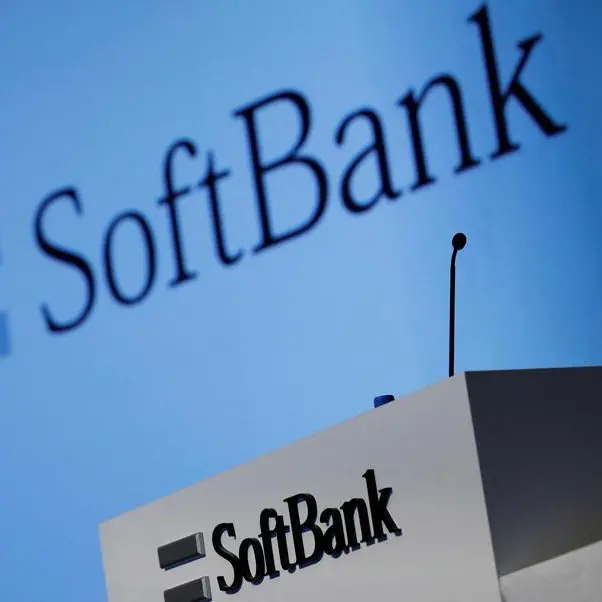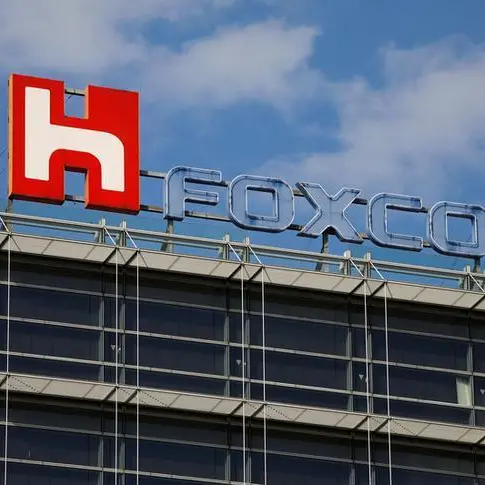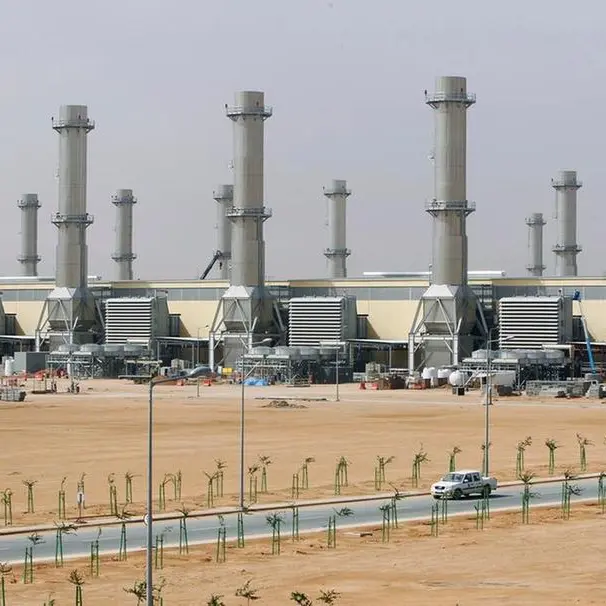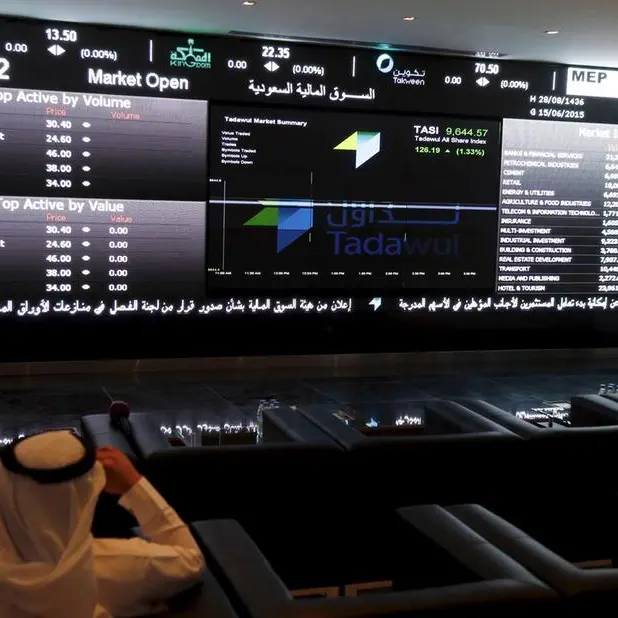PHOTO
The market began the year with positive sentiments driven by hedge funds rebuilding their bullish positions as the threat from the omicron coronavirus variant retreated. Speculators and portfolio managers not only opened new longs, but also closed shorts from previous weeks, according to Reuters.
This early rally gained momentum after OPEC+ confirmed its plan to ease cuts and lift production in February, a move that suggests strong confidence in oil demand in the short term.
Another bullish takeaway from the OPEC+ meeting has been analysts’ estimates that several members in the group are struggling to meet their quotas, and the group will eventually add less oil than the collective increase of 400,000 per day.
The International Energy Agency, for example, reported last month that OPEC+ producers missed their targets by 730,000 barrels per day in October and by 650,000 barrels per day in November.
On Wednesday, oil prices grew by 1.1 percent, with Brent crude trading at $80.8 per barrel and WTI crude at $77.85 per barrel. Market participants believe the threat from
the omicron variant is not significant, and OPEC+ experts are generally in agreement with this position.
At the meeting of the OPEC+ Joint Technical Committee, the organization’s experts concluded that the omicron variant’s impact on oil consumption may be moderate to short term, as the world becomes better equipped to manage the pandemic. Earlier, King Salman called on oil producers to stick with the alliance’s recommendations and output caps to ensure market stability.
The latest JTC forecast for the market balance in 2022 was slightly better than the previous estimate. On average for the year, the surplus was reduced from 1.7 to 1.4 million barrels per day, mainly due to the revision of estimates for the first quarter. In its baseline scenario, commercial oil inventories in OECD countries will remain below the 2015–2019 average until the end of the third quarter of 2022. With such forecasts and consistently high oil prices, OPEC+ members adhered to the previously agreed plan to lift the total production quota by 400,000 barrels per day every month.
By the end of January, remaining cuts will amount to about 3.4 million barrels per day. In February, they may decrease by another 400,000 barrels per day, and by the end of September 2022 they may completely disappear. At the same time, the group intends to cooperate within the framework of OPEC+ after 2022, in order to resort to coordinated actions again, if necessary.
For the oil market, such a decision looks expected. At the same time, the improvement in forecasts for the market balance in the first quarter of 2022 may push oil prices even higher.
The other main drivers of growth last week were the situations in Kazakhstan and Libya, which created the risks of a shortage of supply in the market. Oil production in Libya has almost recovered, but the situation in Kazakhstan has yet to be resolved, which poses a threat to output.
Within a week, Libya’s oil production fell by almost a million barrels per day due to repairs on the pipeline, according to the Libyan National Oil Corporation. However, on Thursday, the company reported that work was completed ahead of schedule and production at the field operated by Waha increased by 200,000 barrels per day.
In Kazakhstan, mass protests began in the first week of 2022. The country’s energy ministry reported that on Friday all three oil refineries in Kazakhstan were operating normally. Production fell only at the Tengiz field due to restrictions on exports. But amid continuing unrest in the country, further interruptions in oil production are possible.
Against these developments, the past week registered the strongest weekly price increase in a month, exceeding 5 percent. Indeed, since the start of last week, the Brent price has risen by 5.1 percent to $81.75 a barrel, and WTI by 5.0 percent to $78.9 a barrel.
With a favorable market background, prices may even briefly exceed these levels in coming weeks, but it is unlikely that such high levels will continue. Probably, the current range of $78-$81 per barrel of WTI and Brent, respectively, will remain relevant.
• Dr. Namat Al-Soof is an Iraqi oil expert with long experience in upstream and market analysis. He held senior analyst positions at OPEC, IEF in Riyadh, and OPEC FUND for International Development. Currently, he is a consultant to a number of companies in the oil industry.
Copyright: Arab News © 2022 All rights reserved. Provided by SyndiGate Media Inc. (Syndigate.info).
